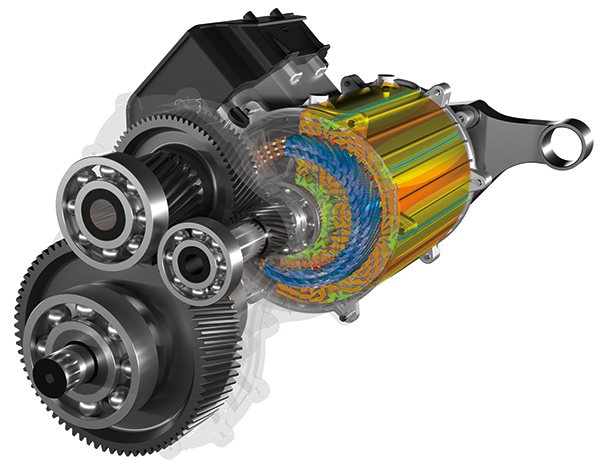
The platform supports multidisciplinary workflows by capturing functional requirements and enabling the integration of system logic models with the multiphysics simulation models to include effect of structural loads, fluid flow and electromagnetics in relation to system performance functional requirements. Image courtesy of Dassault Systèmes.
Latest in Multiphysics
Latest Resources
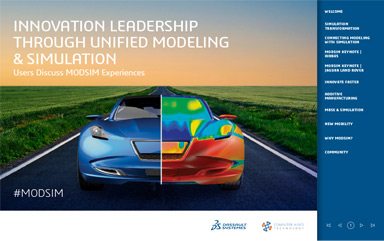
Latest Resources

Multiphysics Resources

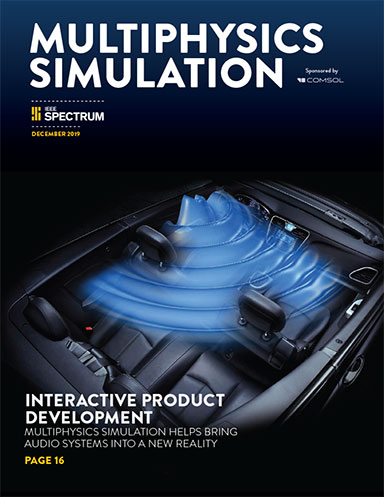
Cadence

Dassault Systemes

Latest News
September 9, 2021
Electronic devices are complex. They combine many different components and material including semiconductors, integrated circuit (IC) packaging, printed circuit boards (PCBs), cabling and system housings.
The engineering design challenge at present is to combine such complex subsystems and validate their performance before building prototypes or testing.
Simulation minimizes the testing costs, ensures regulatory compliance, improves reliability and drastically reduces product development time. Advanced physics-based simulation is enabling engineering designers to accomplish these goals.
Evolution of Simulation
David Kan is the vice president of sales for COMSOL. “The evolution of simulation tools for electronics and other systems is driven by the high demands of today’s engineering tasks,” says Kan. “These demands vary, but at the core of every digital simulation tool, there should be two primary attributes: accuracy and usability.
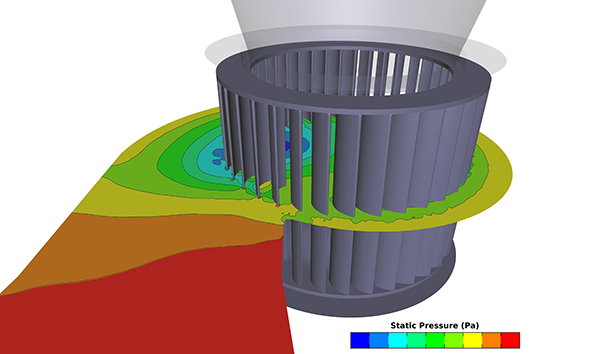
Kan says the demand for accuracy leads to the inclusion of any and, preferably, all contributing physics in your simulation systems via multiphysics modeling.
“Consider thermal management for electronics. As advances in technology demand more power being conducted through smaller and smaller components, cooling then becomes more critical,” Kan says.
“Otherwise, phenomena such as thermal stresses that lead to diminished performance and even system failure become a real danger,” Kan adds. “Modeling these multiphysics phenomena becomes indispensable, yet the most accurate software in the world is only as useful as it is usable. Usability can be difficult to achieve, as multiphysics modeling is inherently complex,” he says.
Dale Berry is the senior director of SIMULIA technical marketing at Dassault Systèmes. He says Dassault’s 3DEXPERIENCE platform supports multidisciplinary workflows with functional requirements by capturing and integrating system logic models with the multiphysics simulation models to include effect of structural loads, fluid flow and electromagnetics in relation to system performance functional requirements.
“The platform provides interconnects for high-performance computing, knowledge capture, process automation tools for multidisciplinary optimization and secure data management,” says Berry. “A simulation-centric digital enterprise will place design, modeling and simulation users right at the center of a company’s development processes—right where they need to be. This allows product developers to truly focus on nimble simulation-powered designs to reduce errors, increase certainty, speed time to market, reduce costs and move toward zero prototyping.”
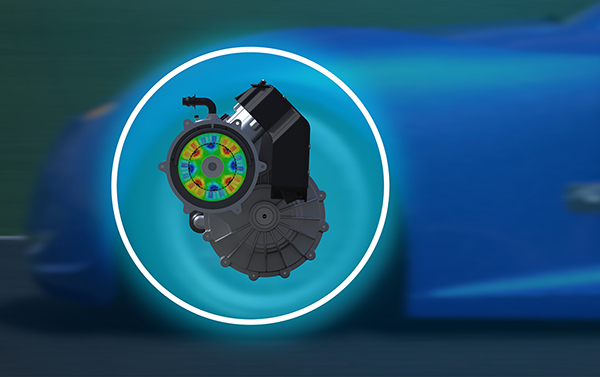
Living up to Simulation Challenges
Applying simulation to design engineering, however, has its challenges. The result of simulation can be bedazzling, however, and arriving at a simulated model that provides distinct benefits can be a challenge that requires knowledge, skill and training in software tools to accomplish it.
“The biggest challenge of using simulation today is training. Simulation is a powerful tool, but it’s still only a tool,” says Murad Kurwa, VP of advanced manufacturing for Flex. “This technology is something most students do not learn in detail in academic programs. When it comes to the workforce, they require additional training and up-skilling to fully grasp the power of these tools, interpret the results and analyze the data to drive continuous improvement initiatives that improve business outcomes.”
Kurwa adds that training for commercial simulation tools is widely available and accessible.
“Advances in technology have made it easier for engineers to train and receive certifications online,” he adds. “However, organizations must democratize this training and make it accessible to the full factory and engineering teams. Simulation training is not only about knowledge but also about driving consistent results across engineers and sites.”
Throughout the decades, stand-alone pre-processors, solvers and post-processors entered the market as commercial solutions, according to David Waltzman, product marketing group director for multiphysics system analysis at Cadence.
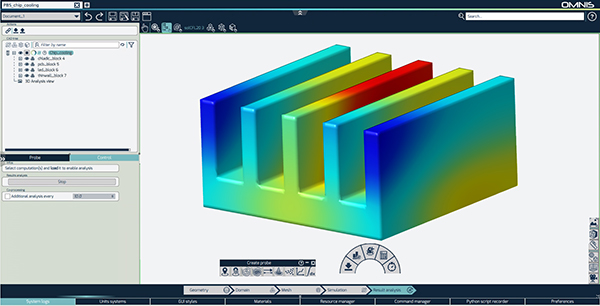
“After much consolidation, some firms now offer end-to-end analysis workflows, while others maintained an identity as best of breed in one particular step of the workflow or a subset of physics,” says Waltzman. “There are two primary challenges: user experience and data. Disparate tools have unique user interfaces that require user training and ramp up time. Data import and export across disparate tools can also cause [a] headache from both a compatibility perspective as well as data management.”
Sometimes simulation challenges are unique from industry to industry. For example, according to Aditya Pathak, business head for automotive, transportation and logistics for Cognizant Technology Solutions in the New York metropolitan area, one of the greatest challenges for automotive manufacturers is managing the flow of data throughout a product or component’s lifecycle.
“In many organizations, data can be siloed functionally resulting in inaccurate and untimely information,” says Pathak. “Patchy information often results in out-of-bounds issues—costing time and effort. To remedy this, Cognizant is working with a number of clients on digital thread strategy enablement for their products to create a single source of truth accessible to multiple stakeholders in the OEM [original equipment manufacturer] organization. The digital thread will not only abstract the right information from various systems; it will also enable automation of multiple manual workflows along with integration of disparate systems. This will result in improved efficiency and predictability of the systems along with the potential of reduction in time to market.”

A Bright Simulated Future?
Multiphysics simulation tools, like all simulation tools, face a prosperous future with much promise.
“Although simulation is an established part of the design process for electronics systems and other physics applications, there is great potential for the use of simulation to grow exponentially,” says COMSOL’s Kan. “Look at the number of engineers with direct access to, and understanding of, the tools used for full-scale multiphysics simulation. It is just too limited.”
In the current practice of most R&D groups, only a small group of experts can use simulation software, creating a bottleneck for those that need the analyses and data from these simulations, Kan adds. COMSOL’s approach could potentially remove this bottleneck via lightweight simulation apps.
For multiphysics simulation, the past is prologue for the future. “Simulation tools for electronics have been adopted since the 1970s, with SPICE tools for circuit simulation and simulation for IC design, and development is a must,” says Sarmad Khemmoro, vice president, global technical business development for electronics for Altair.
“For system-level (PCB, multi-PCBs or complete system) [simulation], companies with these products started doing it sporadically in the mid-’90s. The computer and consumers electronics industry led them to adopt simulation for electronics, followed by Aerospace/Defense and Automotive. With electrification in both automotive and aerospace, the simulation for electronics will see exponential growth, especially when you bring multiphysics into the equation.”
Dassault’s Berry adds that a platform approach for integrated modeling and simulation is an exercise in looking beyond just solving a complex system design and engineering problem and viewing it as providing the foundation for tackling today’s product development priorities around sustainability, carbon pollution, circular economy, resource management, public health and the other big challenges that face the population.
“These challenges are multidisciplinary at their core, so integrated multidiscipline modeling and simulation will clearly play a larger role in solving these problems,” says Berry.
“Electrification of an automobile, for example, requires control systems logic, simulation for electromagnetics (motors, batteries), thermal (temperature control), fluids (lubrication), aerodynamics, acoustics, passenger safety, lightweighting, mechanical vibration and durability,” Berry adds. “Loosely integrated stand-alone tools will not provide the power, efficiency or reliability needed to solve these problems in a production environment.”
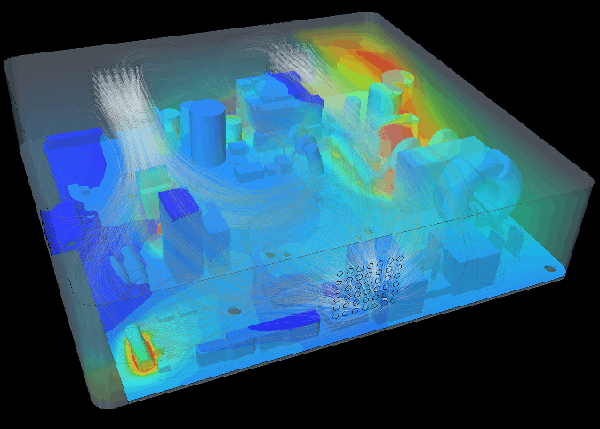
Simulation tools for electronics and other systems are highly sought by engineers as they provide tasks that were not only laborious, but beyond the routine intellectual capacity of many to find solutions to complex problems. Image courtesy of Cadence.
To solidify these challenges, says Berry, consider who is going to do software quality assurance for a homegrown solution that links products from multiple vendors.
“Often the answer is, ‘no one,’ as the only person who had the knowledge has retired,” he says. “Only a data-managed, collaborative, multidisciplinary approach based on tightly integrated technologies built on a common platform will be able to address these important problems with the reliability, quality and efficiency needed to meet our challenges today and in the future.”
More Altair Coverage
More Cadence Coverage
More COMSOL Coverage
More Dassault Systemes Coverage

Subscribe to our FREE magazine, FREE email newsletters or both!
Latest News
About the Author
Jim Romeo is a freelance writer based in Chesapeake, VA. Send e-mail about this article to DE-Editors@digitaleng.news.
Follow DE



